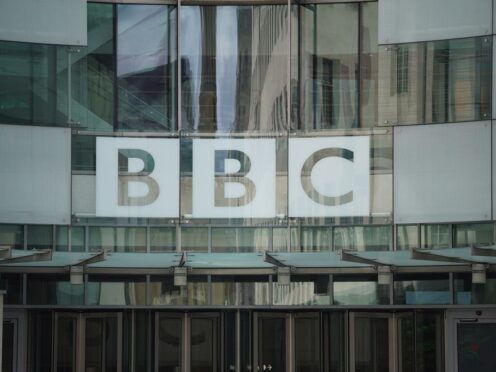The BBC has said it is using AI technology in a “highly sensitive documentary” to represent the voice of a person who is nearing the end of their life.
The move reflects the wishes of the person’s family and will recreate “a voice which can now no longer be heard,” the corporation said.
It comes after actress Sara Poyzer, a star of the West production of Mamma Mia! and the touring production of Come From Away, was told her services were no longer required for voiceover work because artificial intelligence was being used instead.
Poyzer shared a screenshot of an email from the production company making the BBC show, which said: “Sorry for the delay – we have had the approval from the BBC to use the AI-generated voice so we won’t need Sara anymore.
Sobering….🙁 @EquityUK @bbcarts pic.twitter.com/9D0H928xJZ
— Sara Poyzer (@SaraPoyzer) March 26, 2024
She described the email as “sobering” and her tweet went viral, sparking an online debate about artificial intelligence depriving actors of work.
The BBC said it was aware of “discussion in the last 24 hours regarding our use of AI in relation to voiceover work,” adding there was “some important context” to note.
A statement said: “We are making a highly sensitive documentary which features a contributor who is nearing the end of life and is now unable to speak.
“We have been working closely with their family to explore how we might best represent the contributor’s voice at the end of the film when words they have written are read out.
“In these very particular circumstances and with the family’s wishes in mind we have agreed to use AI for a brief section to recreate a voice which can now no longer be heard. This will be clearly labelled within the film.”
